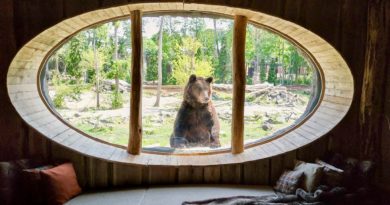Would you dare to see what hides underneath Brussels?
Brussels is a great city to visit: it is covered by many amazing spots for drinking, eating, studying, having fun and learning. It has its own special charm, made of rainy mornings, rare blue skies and a breath-taking urban landscape. But what if we told you that the city has a hidden, dark and mysterious face that cannot be easily seen? And what if we told you that this parallel unknown Brussels is just under your feet?
There is a quite unique museum called Musée des Égouts (Sewer Museum) that runs under Brussels and displays the dirty secrets of the city. As you may have guessed from the name, it focuses on the sewer network (almost 350 km long!), on the Senne river and on the role played by the two in the city.
The museum “lives” every day, since the waters and waste move from a tunnel to the other to keep the city clean; it portraits the importance of the sewer system and of the job people do in the underground, explaining the history of the network and of the idea itself, while ilustrating the system of water recycling of Brussels. For instance, did you know that the oldest sewer network has been created in Pakistan, around 2500-2000 B.C., but that the most successful and functional one has been developed and implemented by the Romans, around the 7th century B.C. in Rome?
The sewer system is a fundamental element that cannot be excluded or ignored when planning or developing the city: it ensures the discharge of materials and the correct process of water recycling, but it also contributes to keeping the city clean and free from unsanitary materials. Brussels has had a sewer system since the 17th century, but back in the days it was not complete. The population was invited to dispose of waste in the Senne, slowly polluting it. At the beginning of the 19th century the river reached unimaginable levels of pollution: it carried around carcasses of dead animals and waste, releasing terrible odors and leaving dirt in the city, when overflowing for the heavy rain. Soon the city decided to renew the sewers and clean up the river, making the city more clean and sanitary, getting rid of the bad smell and adopting a more modern process of waste disposal. The project was carried out during the second part of the 19th century, during which the city was already perfecting its landscape and adopting a fresh, more elegant style. It was not just about creating new, monumental buildings or improving the ones around: it was also about eliminating the medieval-like alleys, too narrow to be cleaned properly and with little fresh air circulating. Nonetheless, it was only in the first half of the 20th century that the Senne has been completely diverted and the sewers completed.
The visits in the underground can be both guided or individual: in the first case, they are held by former sewer workers and by historians and usually work with groups (75-90€ during the weekend); in the second case, they are consistently less expensive, but you may miss the opportunity to learn quite some fun facts and information on the topic. Most of the channels visited are regularly cleaned and don’t require special clothing for the visit, but in rainy days they may flood and dirt may pile up on the sides. For this reason, check out the website on the day of your visit, to see if you require any special garments or if the sewers are closed due to the weather conditions.
Challenge yourself and discover this unusual side of Brussels, rich in history and surprises… would you dare?



